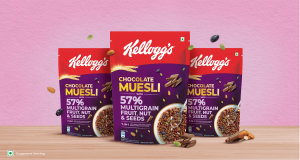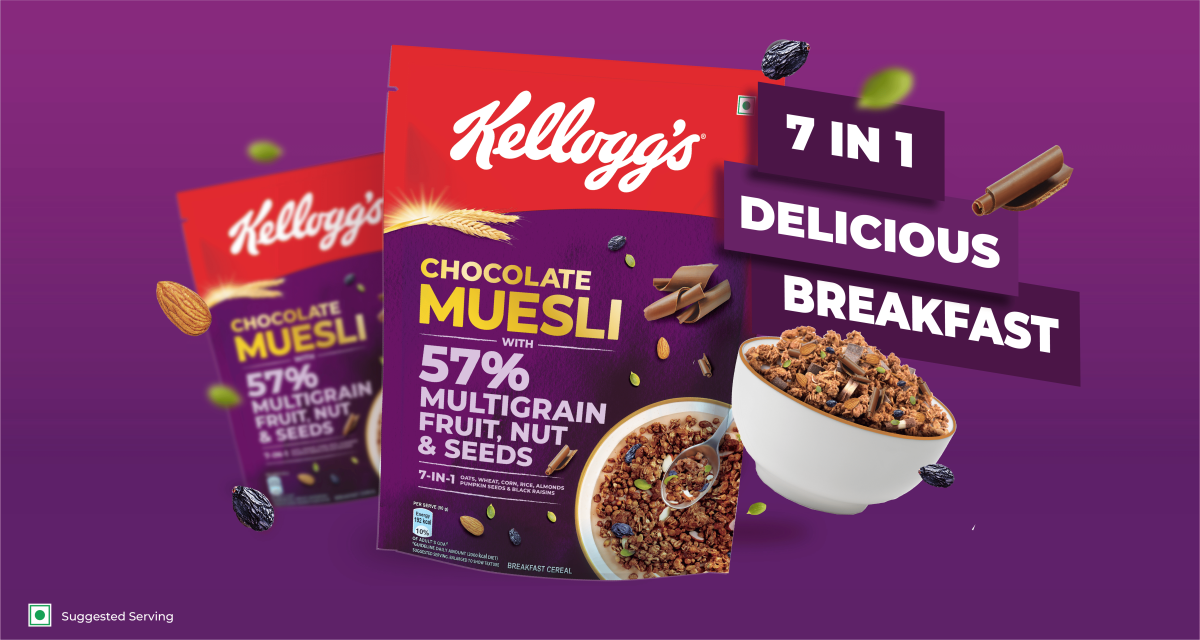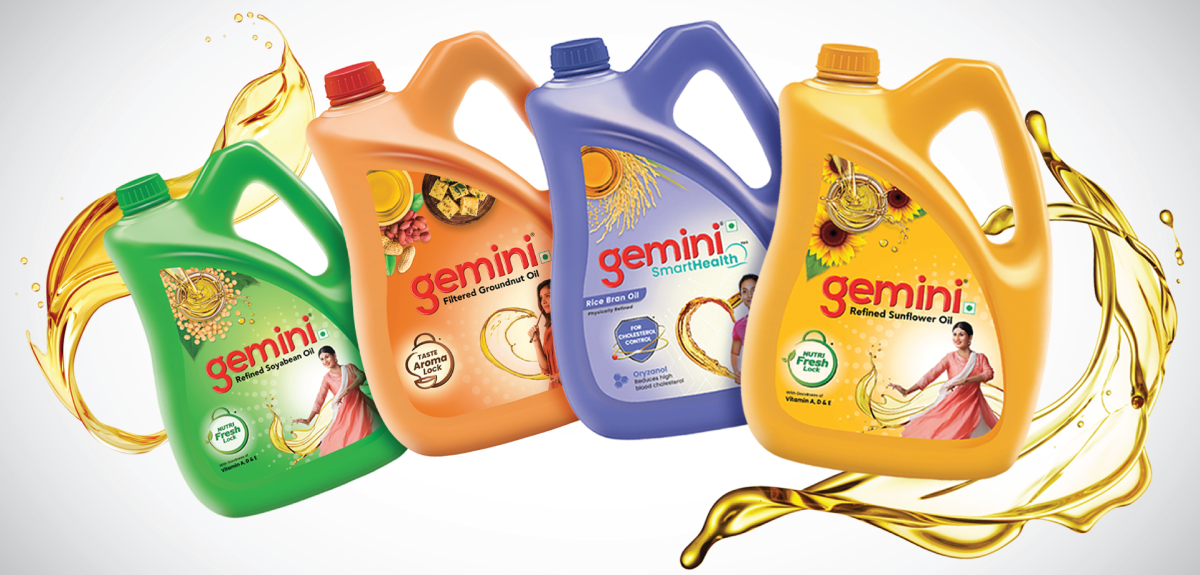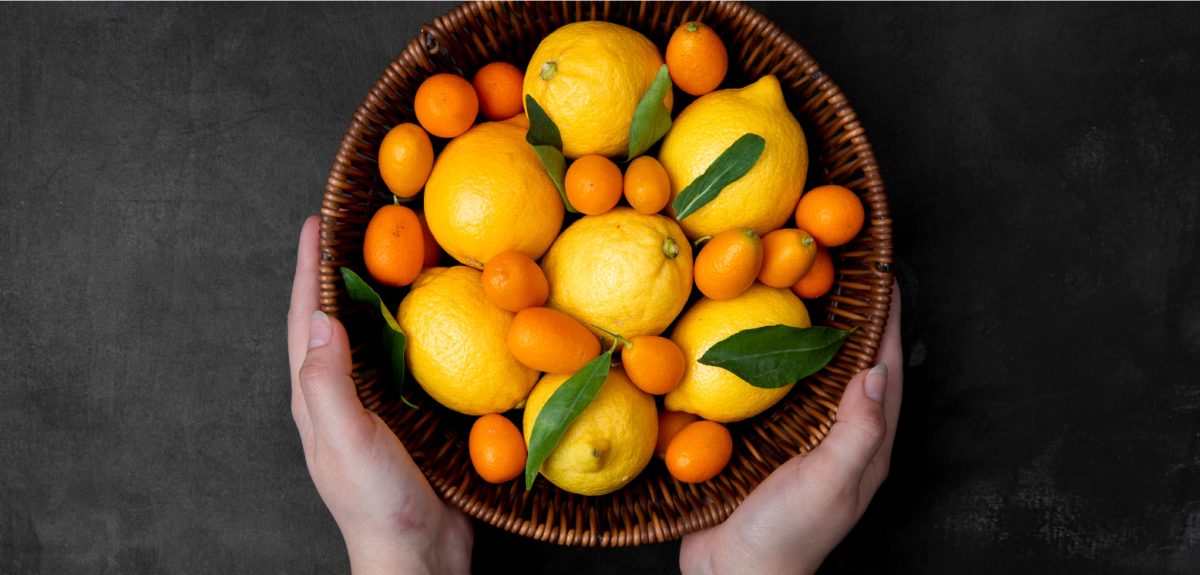In the sprawling landscape of the Indian agricultural market, a new category has emerged – the Horticare Specialist. Armed with global innovative solutions and inspired by the best scientific cultivation practices, these specialists are set to revolutionize the way we perceive horticulture. Their mission is clear: to help farmers achieve the highest potential of their crops, ensuring that nutritious food begins at the farm before it reaches our kitchen tables.
Understanding the Indian Horticultural Market
India’s horticultural sector is a vibrant and diverse landscape. With a climate conducive to growing a wide variety of fruits and vegetables, the country is one of the world’s largest producers of horticultural products. However, this potential is not without its challenges. Factors such as climate variability, pest infestations, and the need for sustainable farming practices have created a demand for innovative solutions.
In this context, the emergence of Horticare Specialists is a welcome development, promising not just products but a holistic approach to horticulture. They aim to address the unique needs of Indian farmers, helping them overcome challenges and achieve consistently high-quality yields.
What Does Horticulture Branding Entail?
The clients of Horticare Specialists believe that nutritious food begins at the farm. This perspective aligns perfectly with the increasing awareness among consumers about the origin and quality of their food. To create a successful brand in this market, several factors must be considered:
Consumer Research: Understanding the needs and preferences of Indian consumers is crucial. What do they value most when it comes to fresh produce? Is it pesticide-free, organic options, or something else? Conducting thorough consumer research helps tailor the brand’s offerings to meet these expectations.
Design Identity: A brand’s visual identity is often its first point of contact with consumers. The design of the logo, packaging, and promotional materials should reflect the brand’s commitment to excellence and trustworthiness. For Horticare Specialists, this might mean using imagery that conveys growth, freshness, and quality.
Product Range: Horticulture is a broad field, encompassing various crops and cultivation practices. The brand should curate a product range that caters to the diverse needs of Indian farmers. This could include solutions for pest control, crop nutrition, and irrigation.
Educational Initiatives: Empowering farmers is a core part of the Horticare Specialists’ mission. Creating educational resources, workshops, or digital platforms that disseminate best practices in horticulture can build trust and loyalty among the farming community.
Navigating the Competitive Landscape
The Indian horticulture market is not without its competition. To establish a strong foothold, Horticare Specialists must differentiate themselves:
Innovation: Continuous innovation is a must. The specialists should strive to stay ahead in terms of technology and product development. Whether it’s introducing new, eco-friendly pest control methods or advanced nutrient formulations, innovation will set them apart.
Sustainability: Sustainability is a growing concern among consumers and regulators alike. Implementing sustainable farming practices and ensuring that the brand’s products align with these values can be a powerful selling point.
Partnerships: Collaborating with agricultural universities, research institutions, and government bodies can provide credibility and access to cutting-edge research. This knowledge can be passed on to farmers, strengthening their trust in the specialists.
Localized Approach: India’s diverse regions have varying horticultural needs. A localized approach to marketing and product development can make the specialists more relevant and effective in different parts of the country.
Quality Assurance : Building a reputation for consistent quality is vital. Rigorous quality control measures, certifications, and third-party testing can reassure both farmers and consumers.
Pioneering Excellence in Horticultural Branding
One prime example of how innovative branding can transform an agricultural venture is the success story of Jivagro. This brand has mastered the art of connecting the farm to the table, and their journey is nothing short of inspiring.
With a commitment to securing the goodness of horticultural produce right at the source, Jivagro has set new standards in the industry. They have not only built a brand but also cultivated trust and a sense of partnership with farmers. Through their specialized products and continuous support, they empower farmers to grow high-quality fruits and vegetables that enrich our kitchen tables.
This success story serves as a testament to the power of thoughtful branding in the horticultural sector. Jivagro’s approach, which resonates with their clients’ belief that nutritious food begins at the farm, has contributed to their remarkable journey in the market.
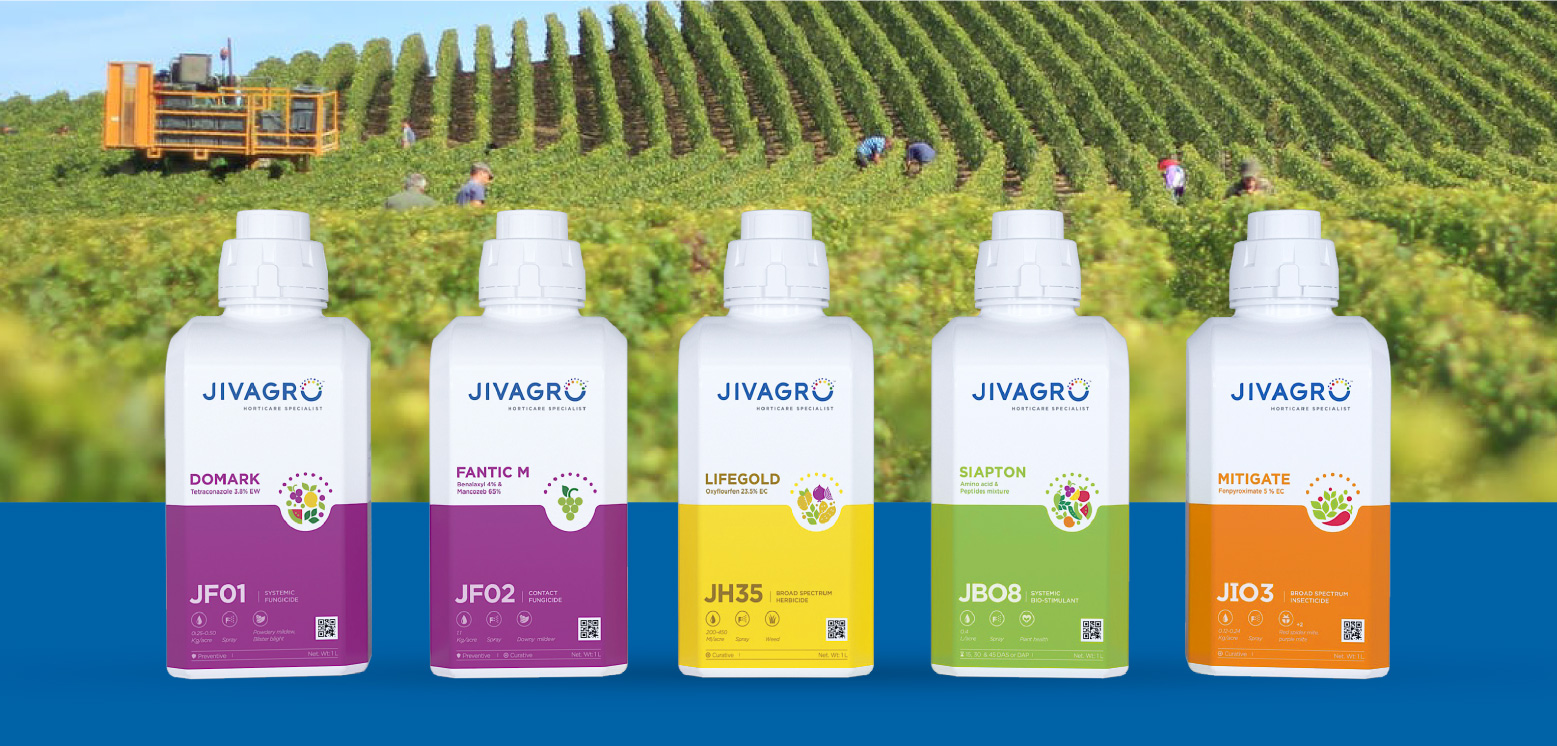 The Horticare Specialist brand: Jivagro Conclusion
The Horticare Specialist brand: Jivagro Conclusion
Horticare Specialists enter the Indian market with a compelling mission – to secure the goodness of horticultural produce at the farm level. By carefully considering consumer needs, designing a resonating brand identity, and navigating the competitive landscape with innovation and sustainability, they have a promising journey ahead.
In a world where the connection between the farm and the kitchen is becoming increasingly important, specialists like these play a crucial role. They not only bridge the gap but also elevate the quality of produce, ensuring that every meal begins with the goodness of the farm.
